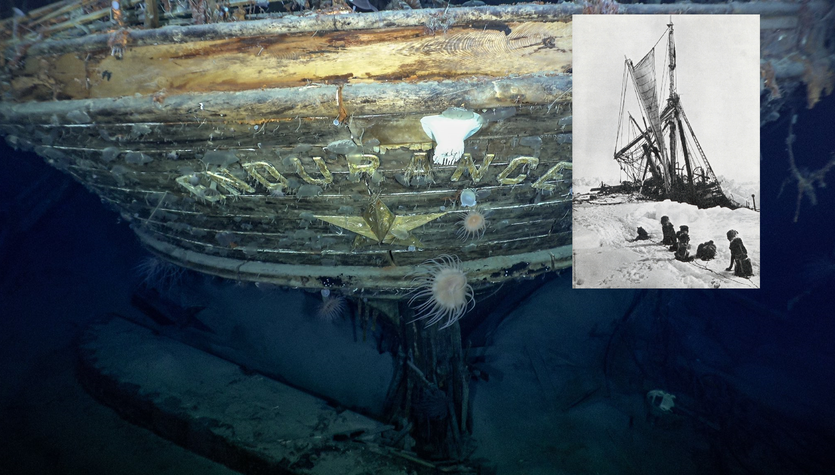However, appearances can be deceiving. As the scientists at Goddard Space Flight Center point out, we’re leaving out some facts in this entire discussion. First, yes, asteroids the size of 10 kilometers collide with Earth about once every hundred million years. However, this does not change the fact that there are many smaller strikes among these powerful ones. We know about them thanks to the craters that formed during this period. However, it should be noted here that the Earth’s surface is constantly being renewed. Volcanic eruptions, tectonic movements, earthquakes, and erosion effectively remove evidence of asteroid impacts from Earth’s surface. This in turn means that if our estimates are based on the evidence we can find on Earth’s surface, the actual risk of a larger asteroid impact is higher than we think.
The data collected so far indicates that asteroids larger than 1 km collide with our planet about once every 600,000 years. Each such impact can lead to massive changes. Of course, there will be no impact leading to the destruction of civilization, but the effects of such an event will be multidimensional. At the point of impact (if it happened on Earth), we would have to count human losses in the millions. The dust emitted from the impact will very quickly enter the stratosphere, blocking the sun for several months, which in turn will lead to a decline in agricultural yields, and thus to the scourge of hunger on the surface of the entire planet. What’s more, even an asteroid impact on one of the oceans, which after all occupies more than 70 percent. surface of the planet, it will not save us from disaster. A tsunami wave caused by such an impact would reach every beach on the surface of the earth, taking a huge toll on human beings.
The largest impact craters on Earth may be much larger.
Goddard Scholars Use the latest catalog of satellite images of the Earth’s surface To search for remnants of larger craters that formed over the past year. With the data collected in this way, they attempted to estimate the true sizes of the objects that encountered Earth on their way through space.
For example, astronomers gave the Zhamanshing crater in Kazakhstan a diameter of 12-14 kilometers. Until now, it was believed that an asteroid with a diameter of 200 to 400 meters, which struck the Earth about 90 thousand years ago, was responsible for its formation.
However, scientists point out that this object could actually be larger and may have left a crater 30 kilometers in diameter. Beyond what we think of as the crater’s outer edge, there are fragments of much larger rings in which the current crater lies. The same conclusions apply to three other large craters. In each case, the diameter of the crater turned out to be two or three times larger than previously assumed.
And this, in turn, means that in fact, asteroids with a diameter of the order of a kilometer can hit the Earth not once every 600,000 years, but once every tens of thousands of years. Yes, the researchers acknowledge that more research is needed to determine whether the structures they discovered are the true outer edges of craters, or if they were structures formed after the material that ejected from the Earth’s surface fell after the asteroid impact.
However, this does not change the fact that we must put probes into space as soon as possible, which will allow us to detect all the asteroids that could threaten us now and in the next hundreds of years. True, scientists admit that we have already discovered more than 90 percent. Big asteroids that could threaten us. However, when we think about it for a while, we will come to the conclusion that this is not good news. After all, ten percent of asteroids one kilometer in diameter and larger are now speeding up somewhere in interplanetary space. They may cross Venus or Mars or brush the sun. But no one knows, whether by our blessed ignorance, they don’t just choose the collision course with the Earth. It would be nice to know.

Echo Richards embodies a personality that is a delightful contradiction: a humble musicaholic who never brags about her expansive knowledge of both classic and contemporary tunes. Infuriatingly modest, one would never know from a mere conversation how deeply entrenched she is in the world of music. This passion seamlessly translates into her problem-solving skills, with Echo often drawing inspiration from melodies and rhythms. A voracious reader, she dives deep into literature, using stories to influence her own hardcore writing. Her spirited advocacy for alcohol isn’t about mere indulgence, but about celebrating life’s poignant moments.





